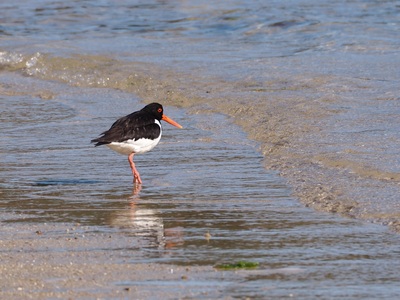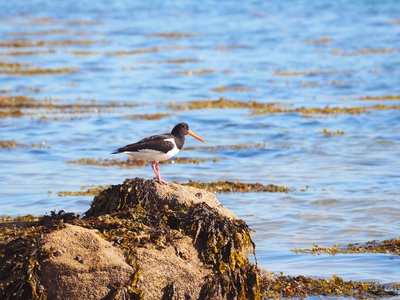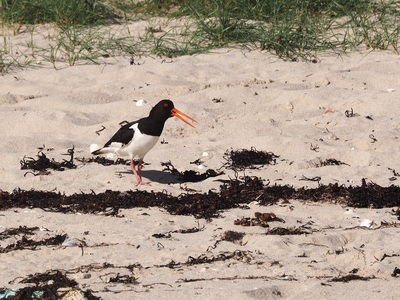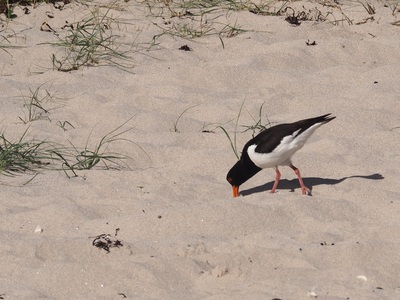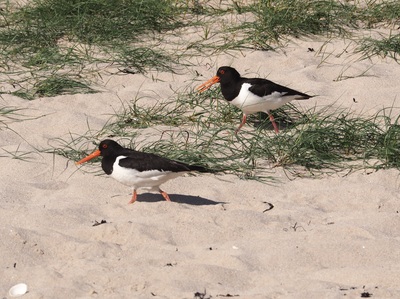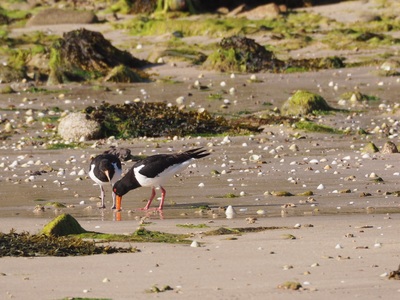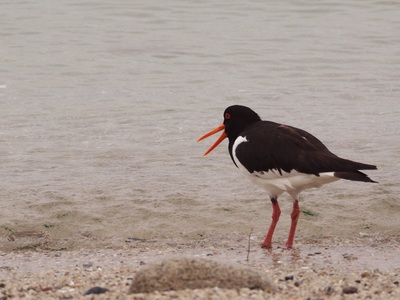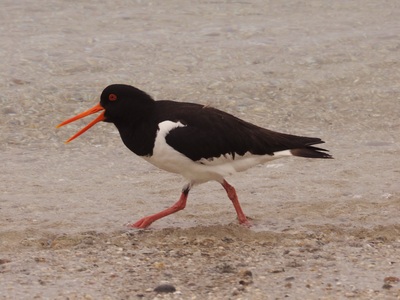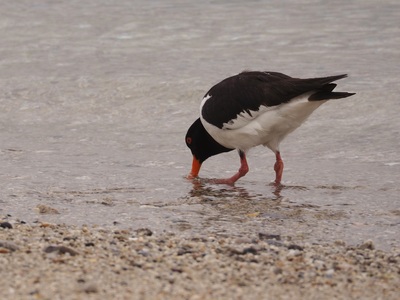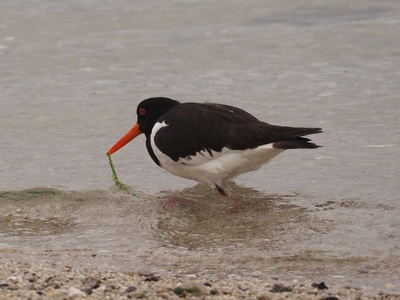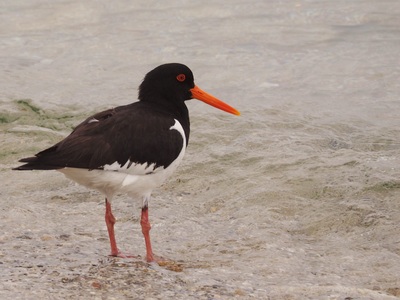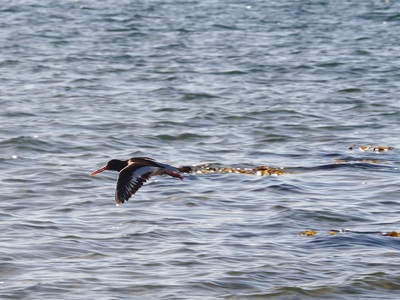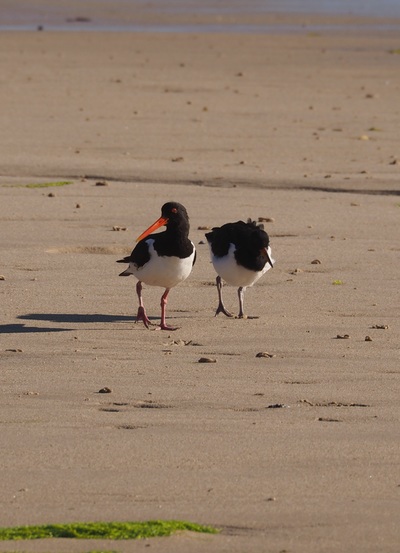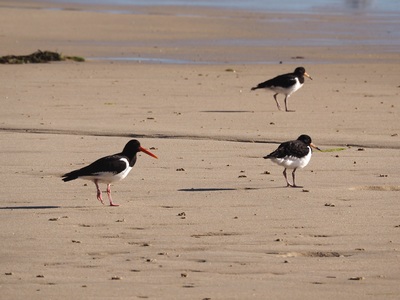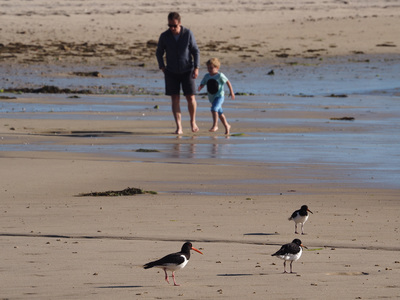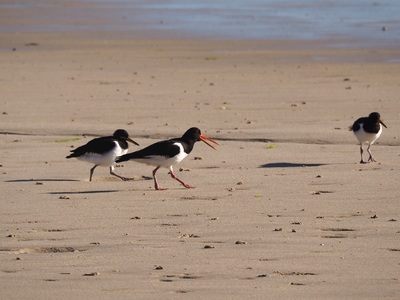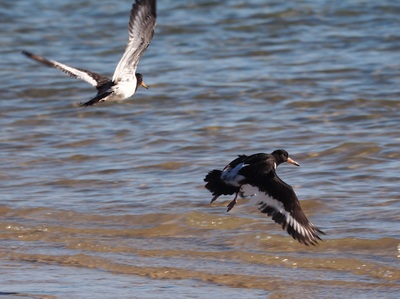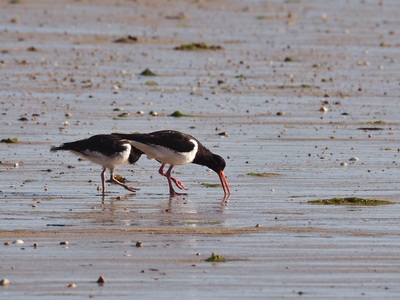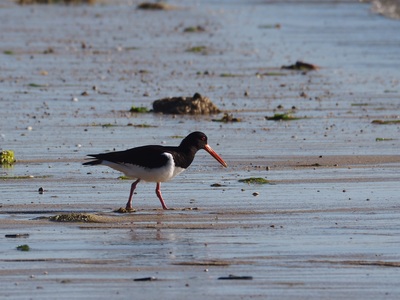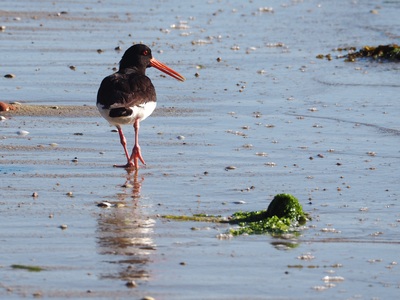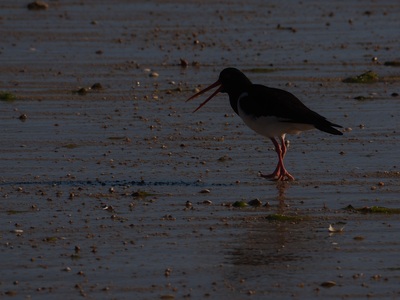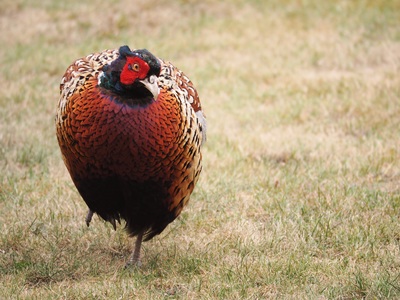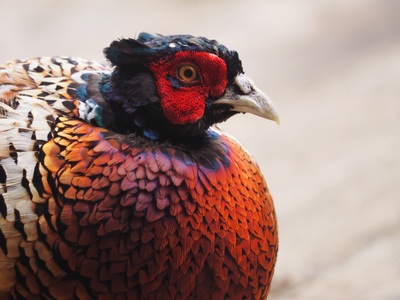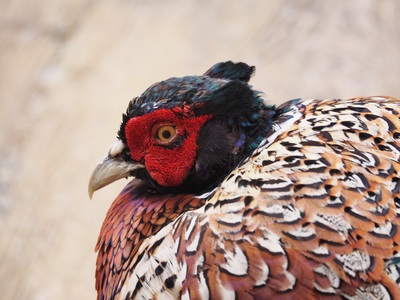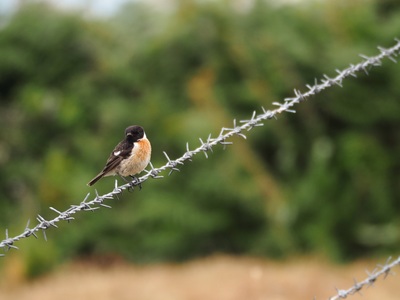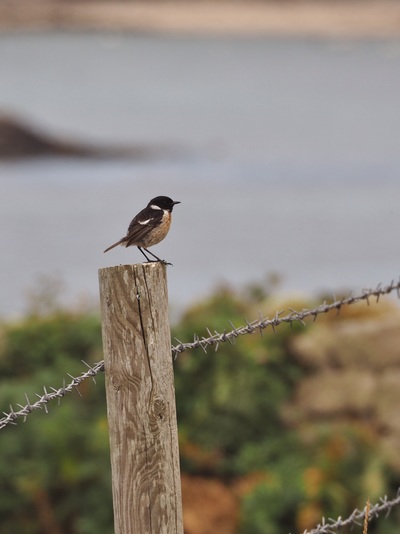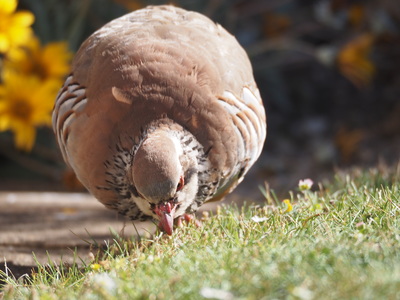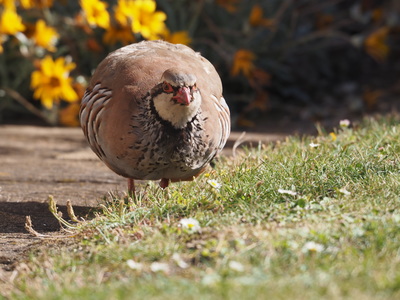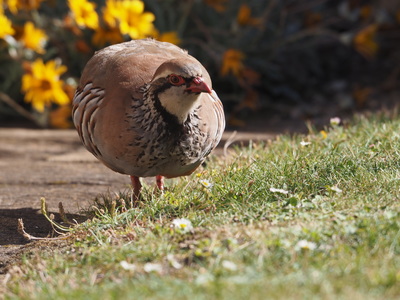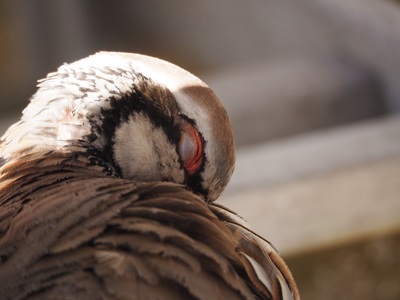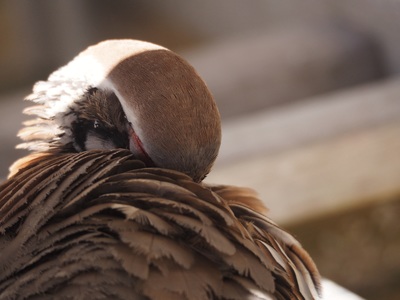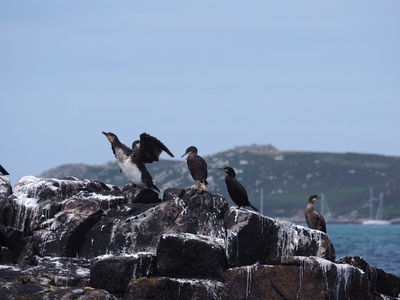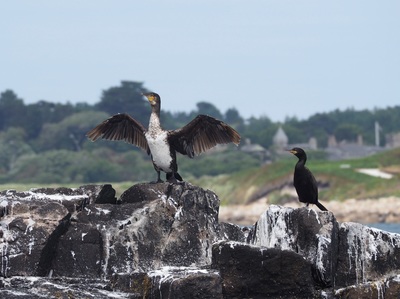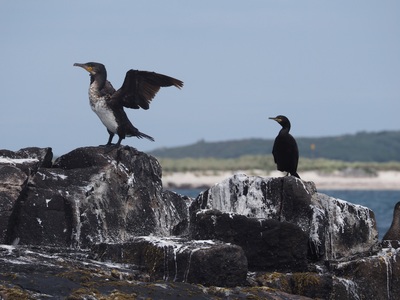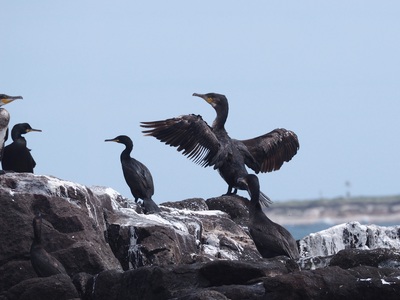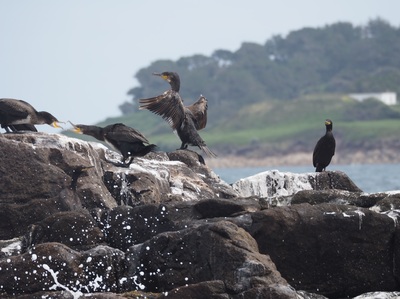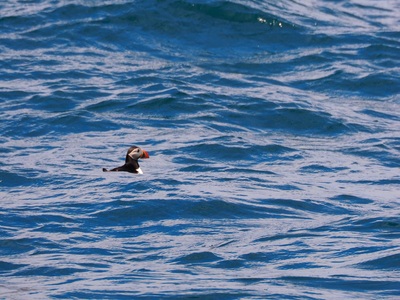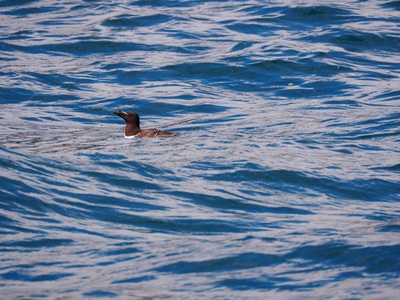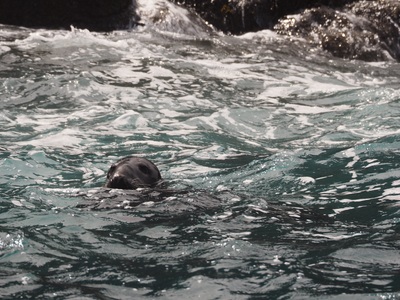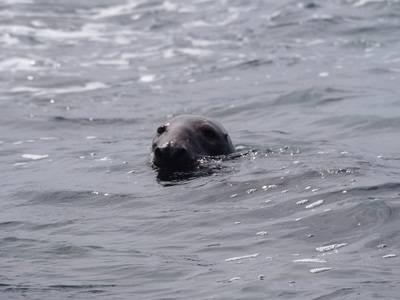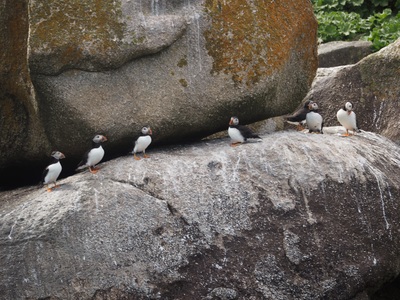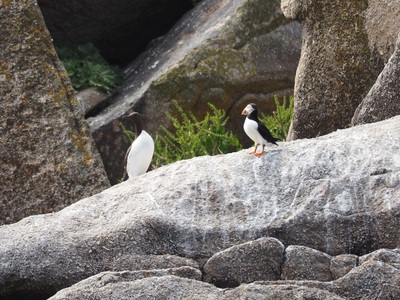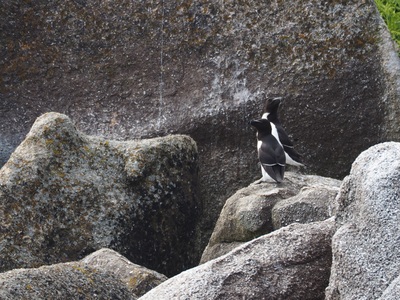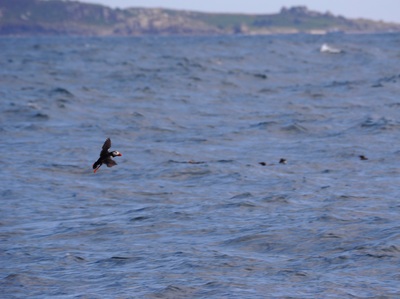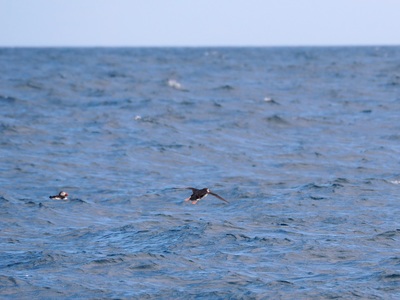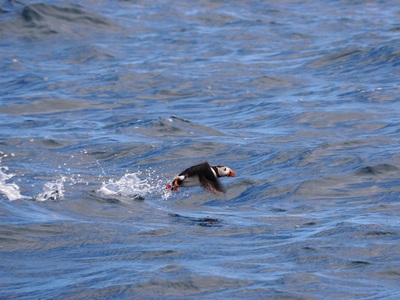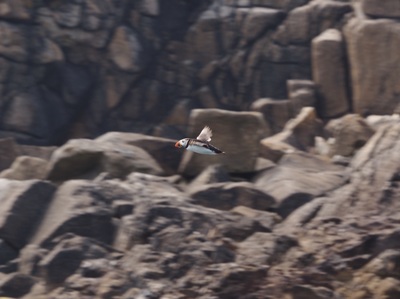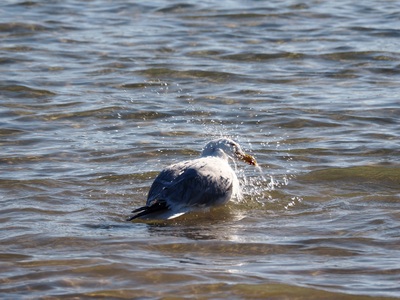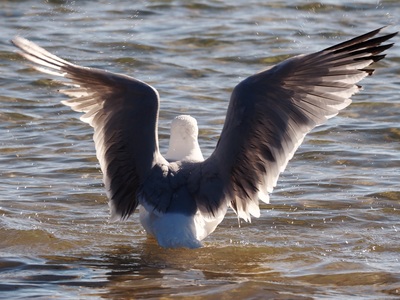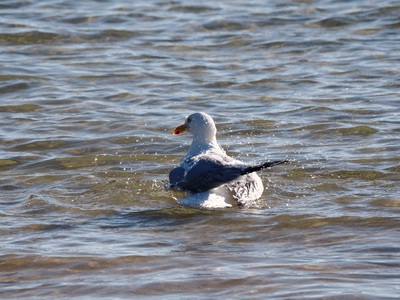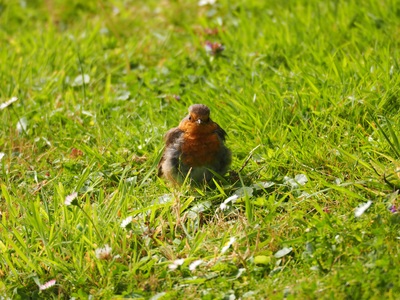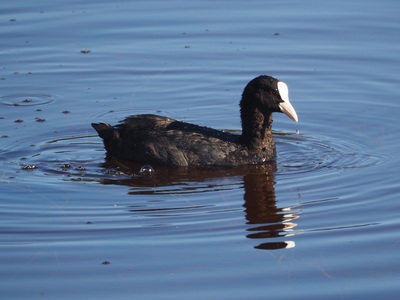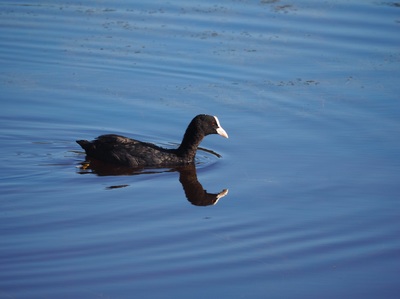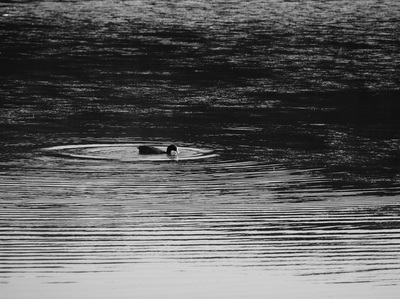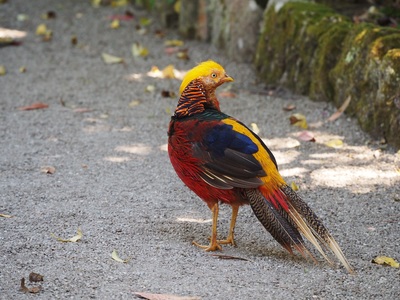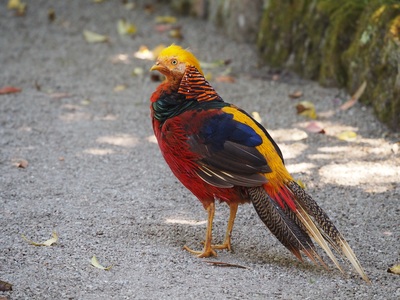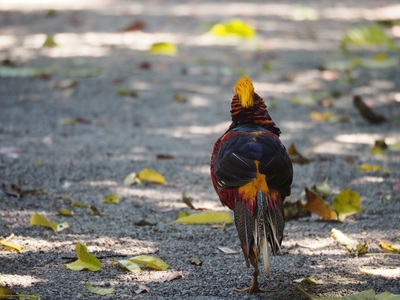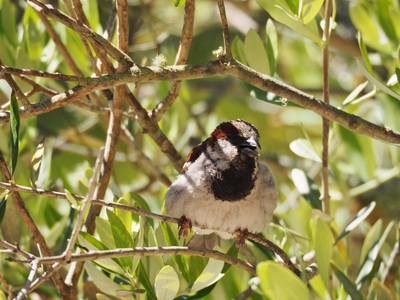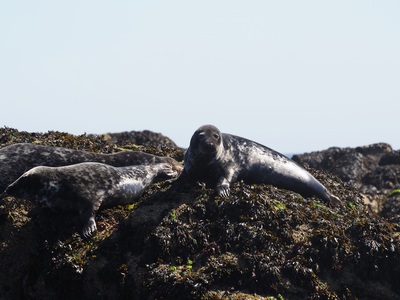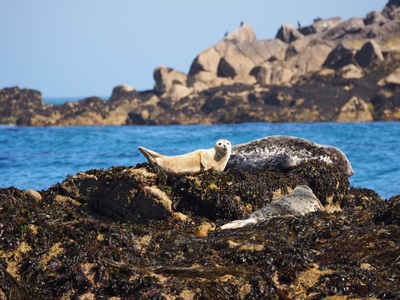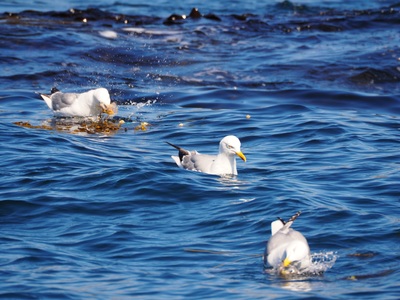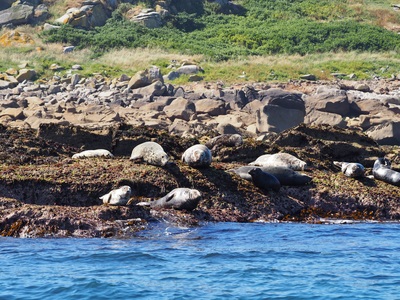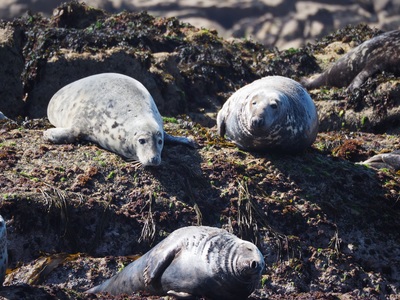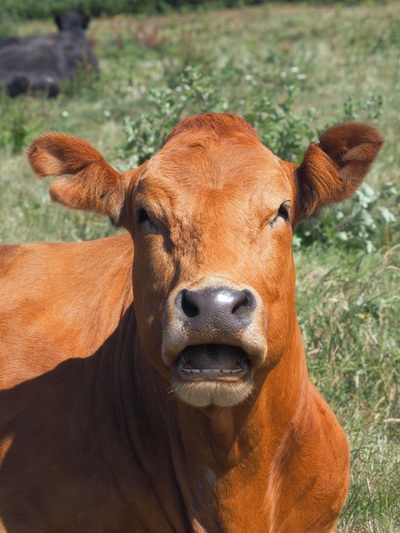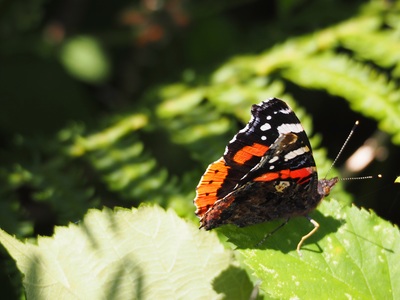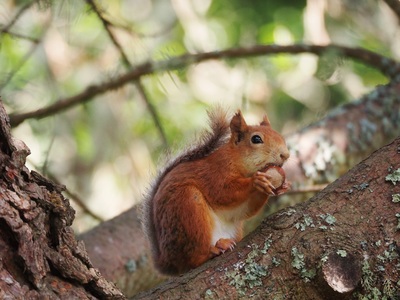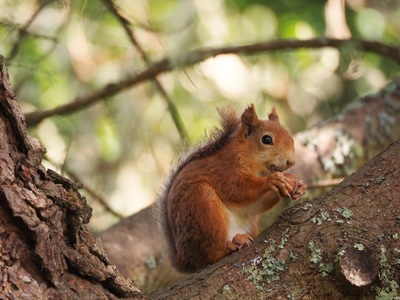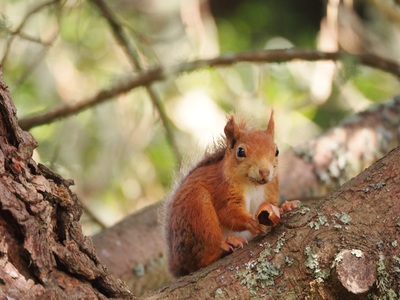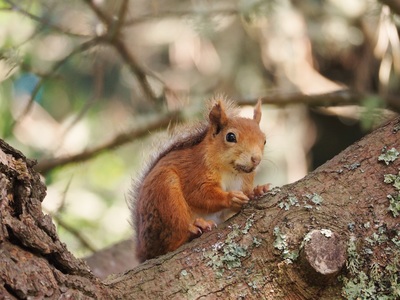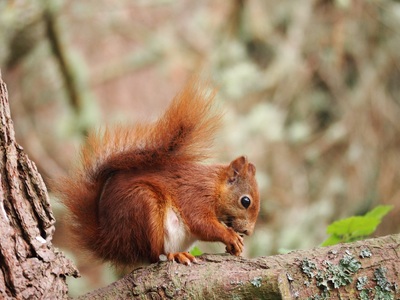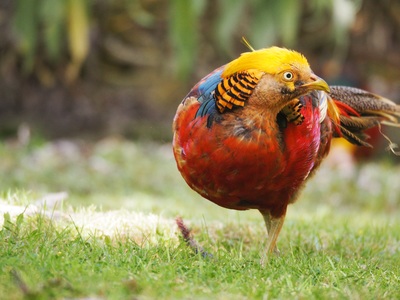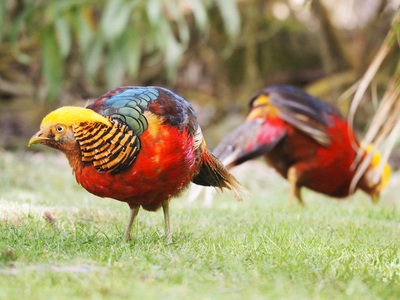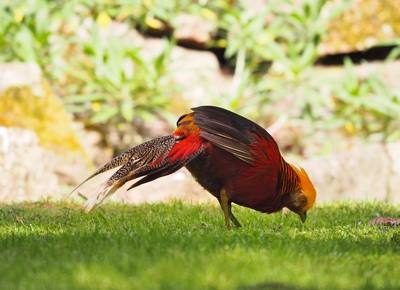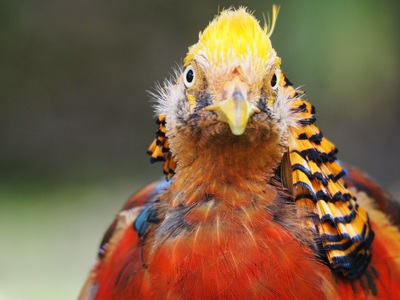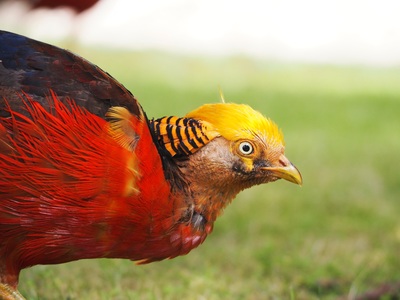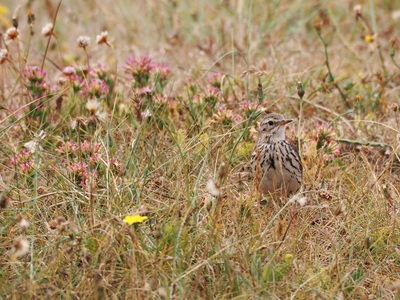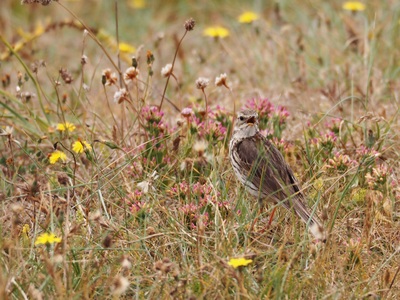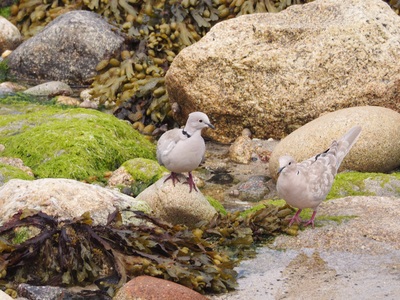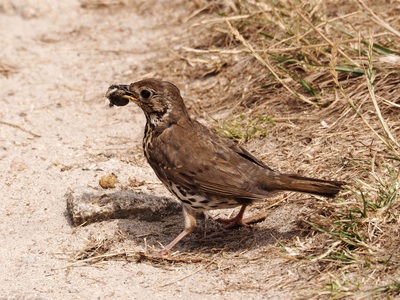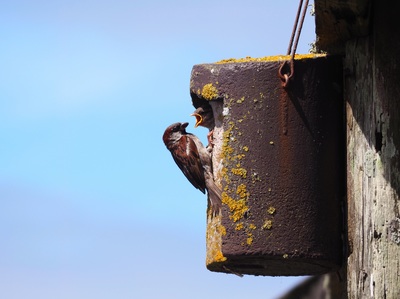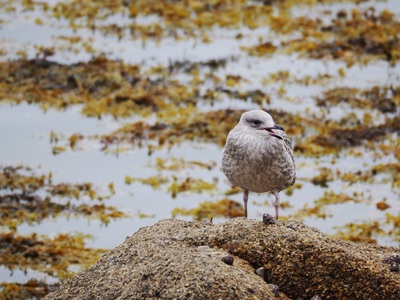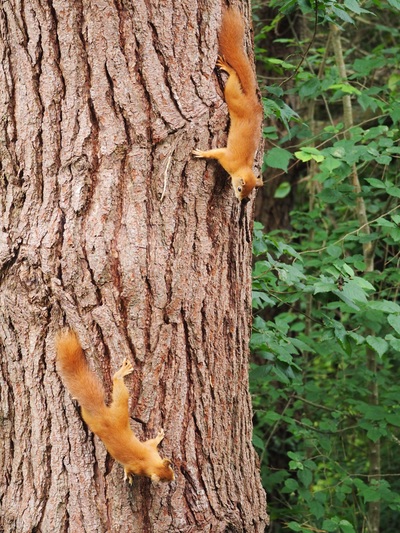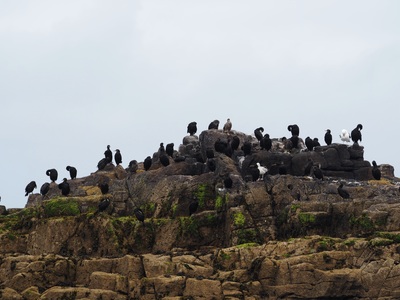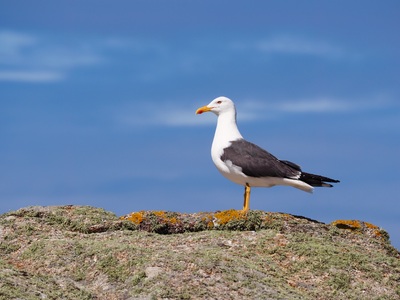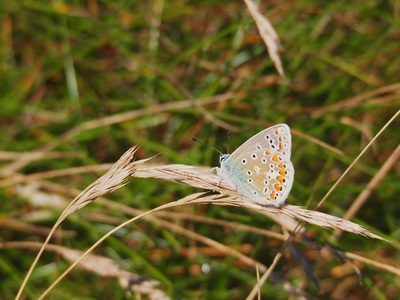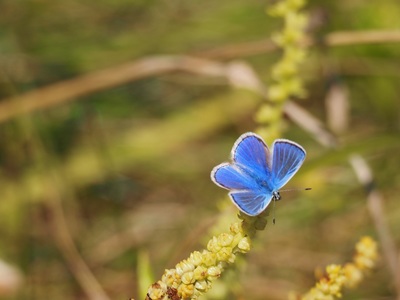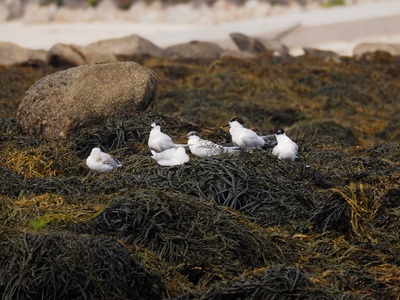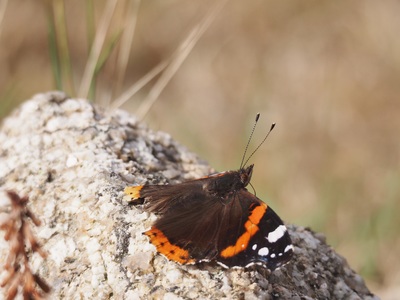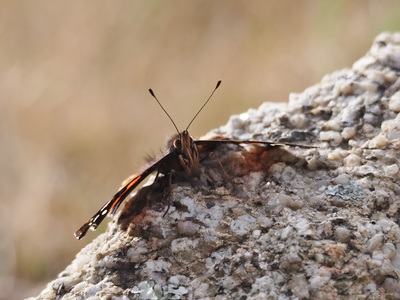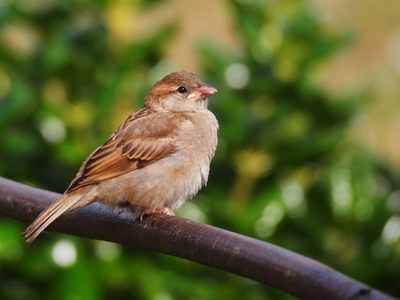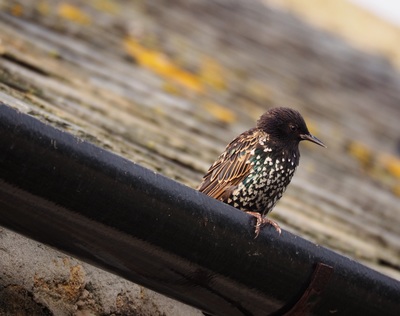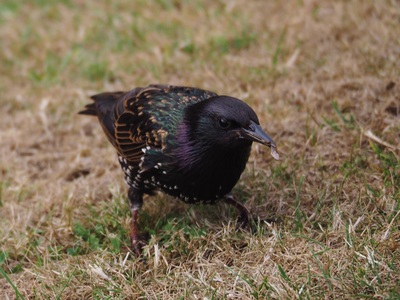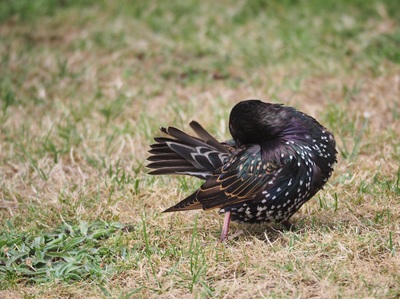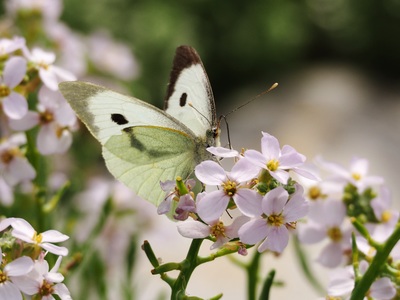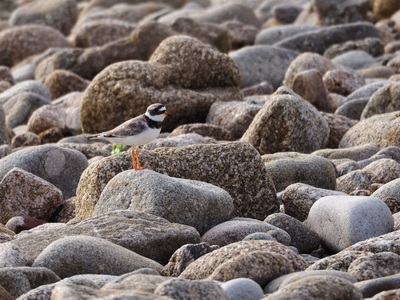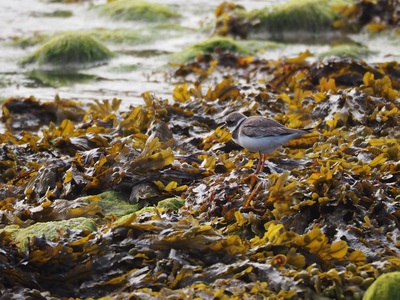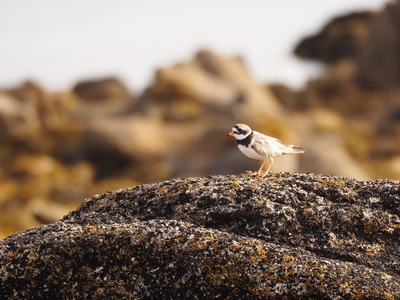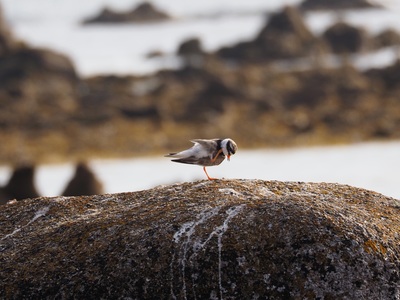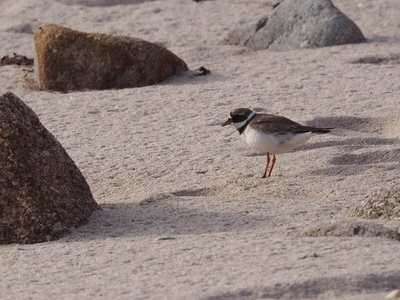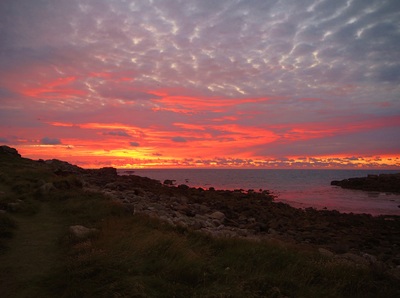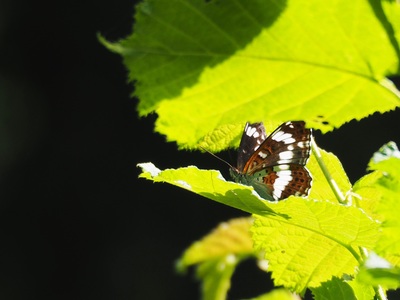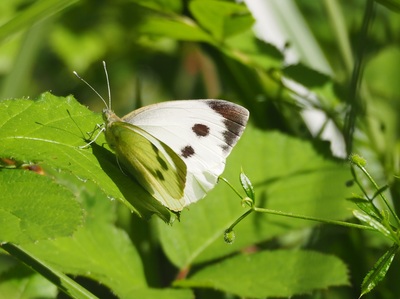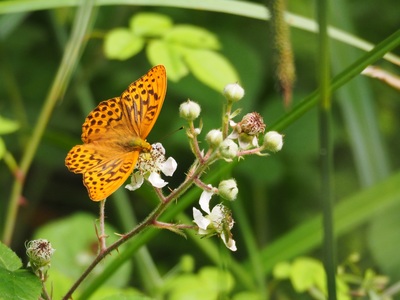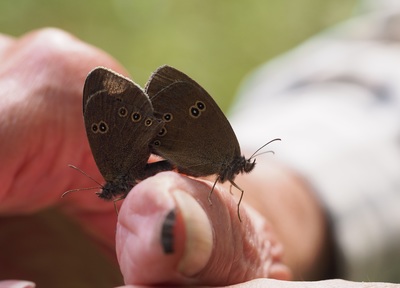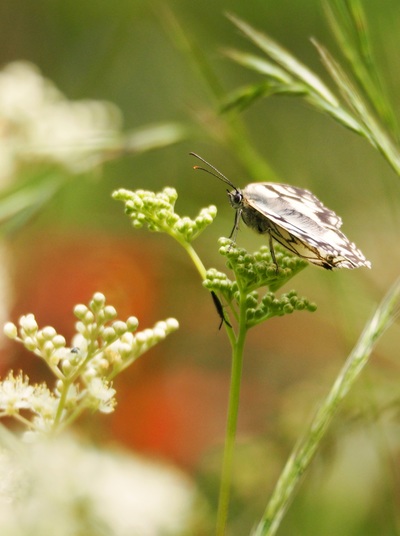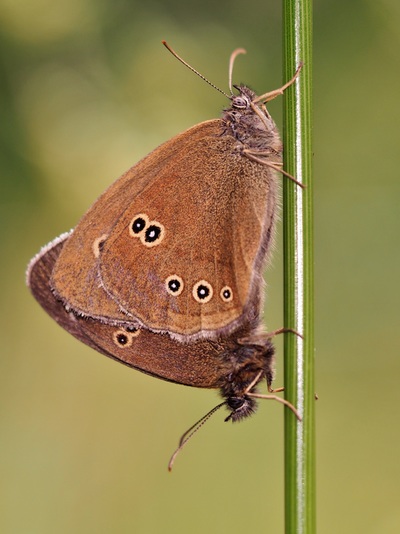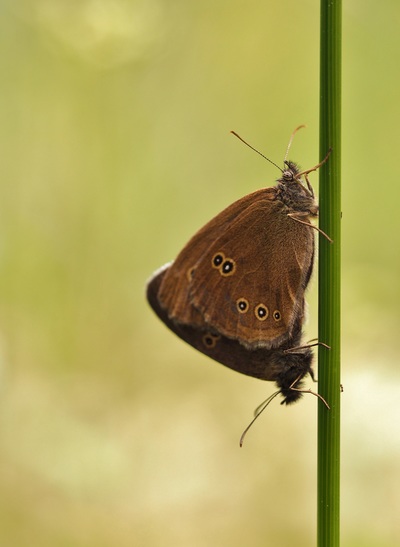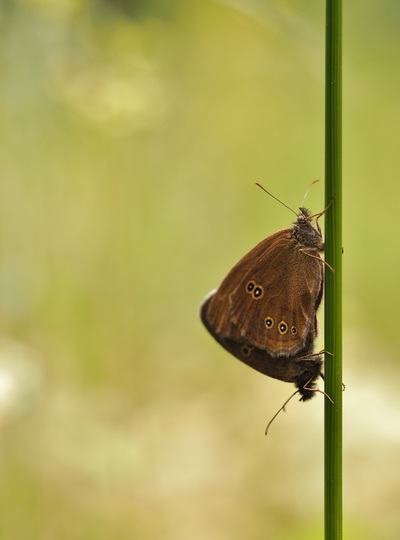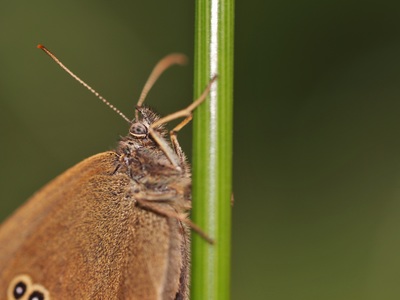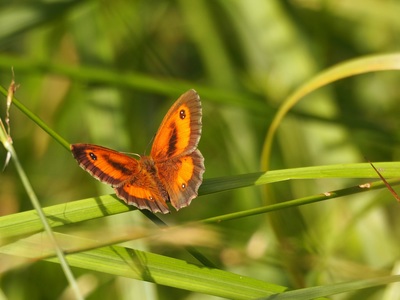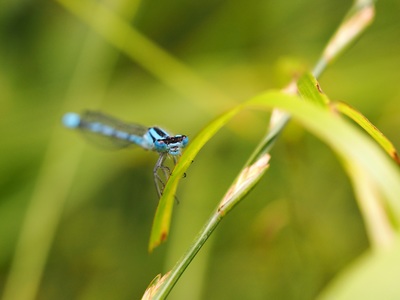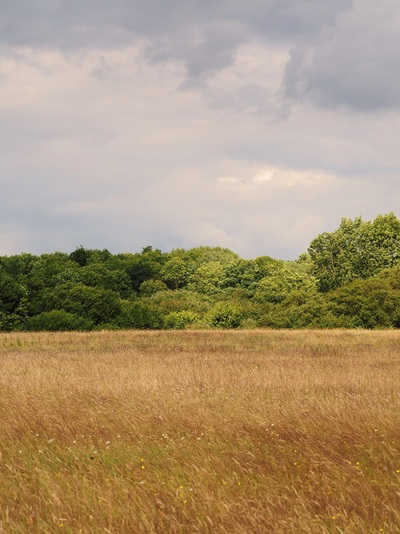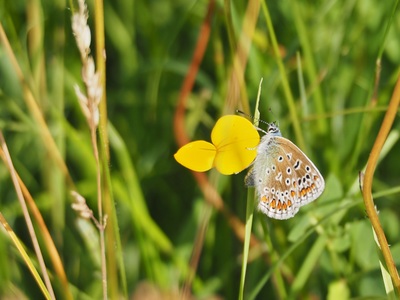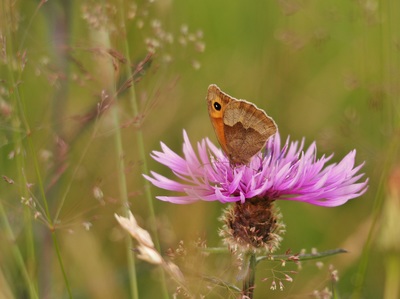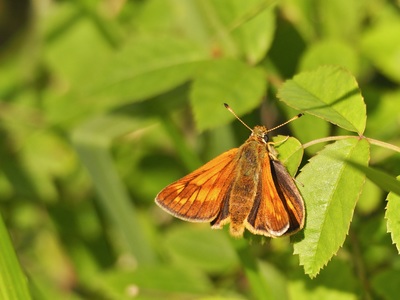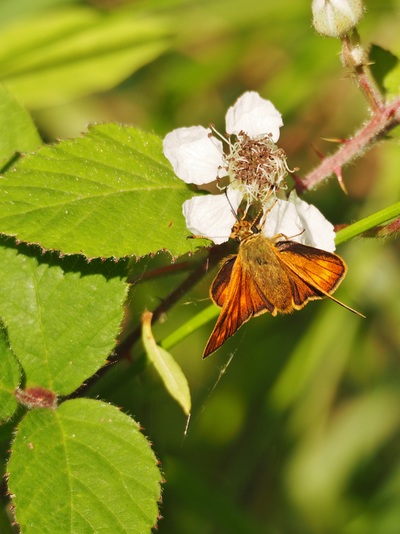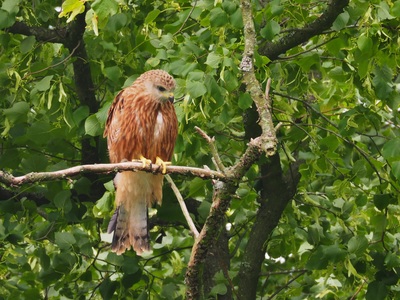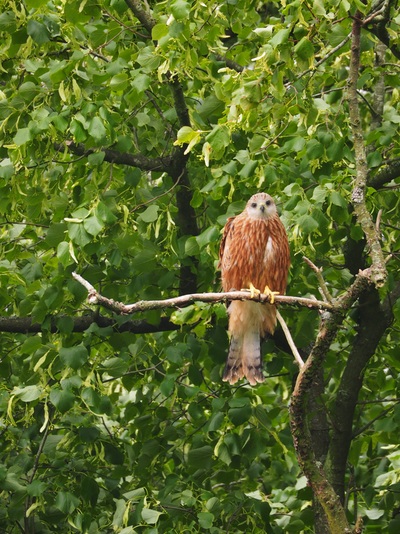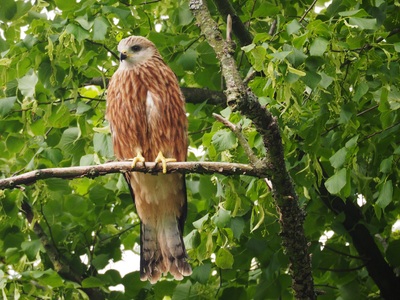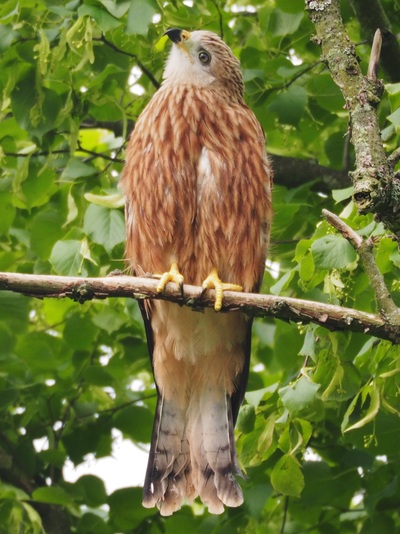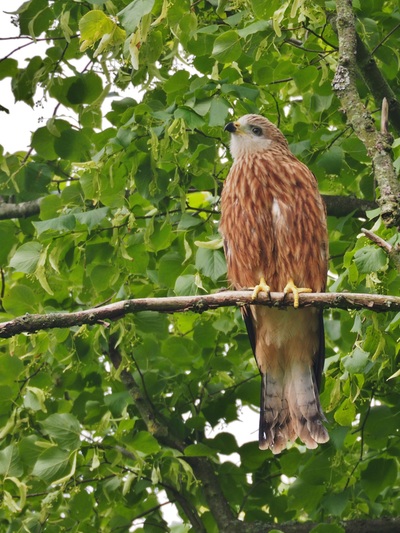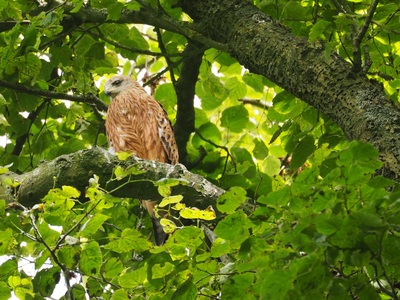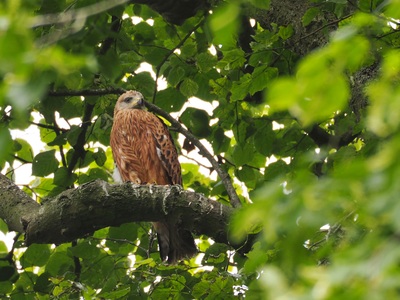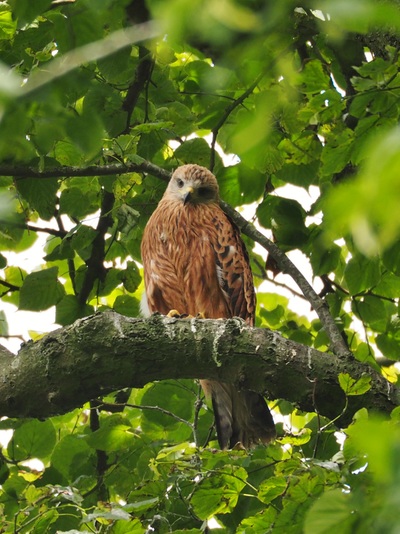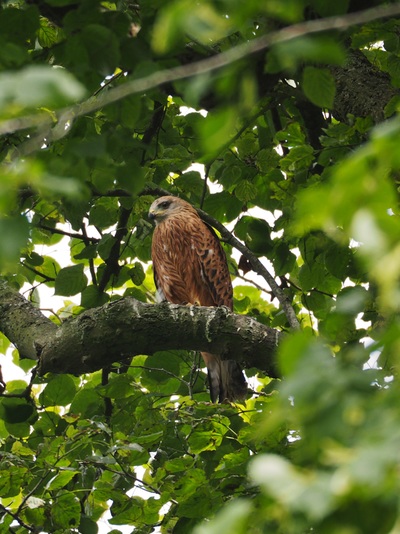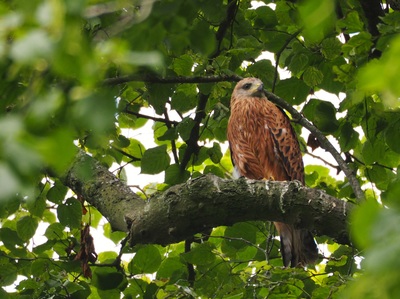|
Oystercatchers are my favourite birds to photograph. With their simple yet striking black and white plumage contrasting with their bright orange bill and eyes, they scuttle across the beaches screeching their call at an incredible volume. The Isles of Scilly certainly isn’t short of Oystercatchers, and at all tides you can observe them on the beach. At this time of the year they often will have a juvenile or two with them as they stride across the tide line. Still learning, the young stay close to the parent at all times, observing everything it does from feeding to flying. They are easy to identify as juveniles, with duller/greyer legs, black (as opposed to red) eyes and a black tip to their bill. My favourite time to observe Oystercatchers is when the tide is low in the early evening. This is because the sand is wet enough for them to feed from so they are kept so busy they hardly notice you. As well as this, the low light on a clear day lights them up, accentuating their contrasting colours and creating long shadows on the sand making them even more dramatic. The west-facing beach where I observed them at this time seemed to be the perfect place to watch and take photos until the sun went down.
0 Comments
This year the Isles of Scilly was just as productive as any other in observing wildlife. One thing that I particularly noticed this year was the relative tameness of the animals on Scilly compared to the mainland where I live. Due to the high density of animal (mainly bird) species and the tiny size of the islands, the animals are almost always close to humans. This means that they become very used to people always being present when they are going about their day-to-day routine of survival, whether that be feeding, resting or looking after their young. For a photographer, this is ideal. It means you can always get in those extra few paces towards an individual when taking a photo, or in some cases, the animal may literally present itself at your doorstep (such as the comfortable Red-legged Partridge shown below). Scilly is unique in this sense to me, and it is the combination of this and the sheer broadness of species found there which makes it one of the most special places to see wildlife in the UK.
Rushbed Woods holds many butterflies and insects at this time of year, all basking in the long grass and fluttering about in the bright sunshine. In one small patch of brambles and grass you can spot up to ten species at any one time, and by walking all the way through the woods to the meadow you are likely to see much more than this. In these photos I have displayed nine Butterfly species (with the added Damselfly!). I switched between my normal lens and my macro lens to take these photos. Those species which were more docile allowed close proximity and therefore the use of the macro lens, whereas I had to keep my distance with the more wary and energetic ones so that they didn’t fly away.
Under the watchful eye of its parents, the juvenile Red Kite has started to fly away from the nest, often perching a little more in the open than it has been in the past few weeks. This behaviour is typical in the first few days of fledging and I imagine it won't be long until it takes longer trips further away from the nest.
The red kite chick is now clearly visible from the garden, perching just outside its nest on a nearby branch. The juvenile has certainly taken a large step towards fledging, but I have not yet seen it fully fly away from the tree. However, judging by its maturity it seems that this may take place in no more than a week’s time!
|
Joe WoodmanA blog of my ideas, photography and research of the natural world. Archives
February 2024
|
